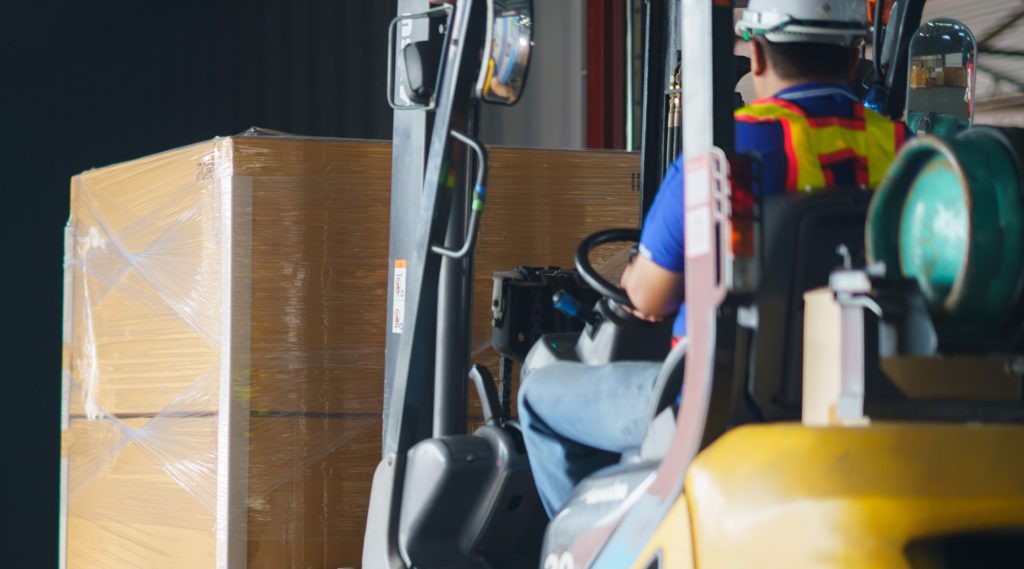Workplace Inclusion is Improving, but There is Still Work to be Done
We’re moving in the right direction. The Adecco Global Workforce of the Future 2023 findings state that around the world, workplaces are becoming more diverse and more inclusive. Leaders are eager to do more, but many don’t know how to boost their inclusion efforts.
Workplace inclusion is on the right track, but we’re not done. The finish line is still just beyond the horizon.
That’s the key takeaway from Adecco’s Global Workforce of the Future 2023 report. We surveyed 30,000 workers in 23 countries around the globe. The results are encouraging but there is still work to be done.
Organisations around the world are making great strides in improving diversity and inclusion within their workplaces – but what does complete success look like? At its very core, inclusion is the exact opposite of exclusion. It’s important for responsible employers to provide an inclusive environment for their workers where everyone feels valued, trusted, connected, and informed. They do this by fostering a culture of diversity, equity, inclusion and belonging. We believe in the value of inclusion because we see the positive impact for people, for companies, and society at large every day.
The progress revealed by our survey results is great news. Most workers today say their workplace is diverse and inclusive, and most feel positive about the progress their employers have made in this regard over recent years. Leaders, in particular, recognise the importance of hiring from diverse backgrounds – and most leaders say they are keen to improve diversity in their workplaces.
But the survey also shows that there is still some work to do before organisations reach their destination. Results vary widely across different countries, and there are notable differences between higher and lower earners, too. Inclusivity itself is not yet quite inclusive enough.
What else does the Adecco Global Workforce of the Future 2023 findings tell us – and how can organisations use its findings to strengthen their approaches to diversity and inclusion?
The key takeaways
Most workers today (62%) say they work in a diverse and inclusive environment. A similar majority say their organisations are on the right track; six in 10 workers worldwide agree that their agency or employer does a better job making people from all backgrounds feel safe at work today than it did two-to-five years ago.
Differences arise, however, when these results are broken down by country. In some countries, well over 70% of workers say they recognise the progress their employers have made in fostering safer and more inclusive workplaces over recent years. Australia and Mexico are amongst them, with 73% and 71% of workers respectively acknowledging the strides made by their employers.
Breaking these results down by income level reveals some discrepancies. Higher earners are more likely to say they work in a diverse and inclusive environment and more likely to receive diversity and inclusion training. To make inclusion in the workplace truly inclusive, organisations must recognise the value of training and make it work for all.
Being heard
Almost two-thirds of workers worldwide (64%) say they find it easy to participate at work; to speak up in meetings, for example, or to share ideas. Breaking this down by seniority and income level, however, reveals that some groups find it harder than others. Senior and high-earning respondents like leaders reportedly find it much easier to participate than those who earn less or have less seniority.
Leadership
Most workers (59%) say the responsibility for ensuring workplace diversity lies with their leaders and managers. Leaders, in turn, take this responsibility seriously, with 71% saying it’s important to hire people from diverse backgrounds. However, most leaders (60%) say they don’t know how to go about achieving this. This is why they need expert, dedicated support to usher their ambitions.
Flexibility
A majority of companies today see the value of modifying roles to suit their workers’ needs. Almost half of the workers surveyed (45%) report that their employers have either fully or considerably adapted their job to enable flexible working hours to help establish a healthier work-life balance and avoid burnout or exhaustion. A similar number (44%) say their organisations have adapted roles to ensure overall health and well-being with access to healthy meals and snacks, or discounted gym memberships.
What’s good for workers here is good for their employers, too. The survey results underline the link between employee wellbeing and retention; 46% of workers who plan to remain with their current employer for more than 12 months say their job is adapted to their overall health and wellbeing, compared to 39% who intend to leave within the next year.
The right training is a game changer
Diversity and inclusion training works. Three-quarters of workers who have received training feel their workplace is inclusive and diverse, compared with just 29% of workers who have not received training.
An individual’s chances of receiving training, however, depend to some extent on their seniority. Just under half of entry-level workers and non-managers have received training; the proportions of leaders, senior managers and managers who have received diversity and inclusion training, however, are 71%, 62% and 58% respectively.
There are significant differences between countries, too. Australian workers are among the most likely to have received training, for example.
What’s next?
Most leaders want to improve diversity and inclusion in their workplaces but aren’t sure how to go about this. Here are three tips for responsible employers seeking to boost inclusion and diversity:
- Don’t slow down inclusion efforts. Keep up the momentum. As the survey reveals, this will help to improve employee retention, too.
- Make sure leaders are equipped with the resources guidance and training they need to make the workplace improvements they want to see.
- As the survey suggests, efforts to improve inclusion are not felt equally across all employee groups – so ensure your efforts extend to every corner of your organisation, including lower-income and less educated workers.
Download the Global Workforce of the Future 2023 Report – Chapter Two AI in recruitment
Download the Global Workforce of the Future 2023 Report – Chapter One: Inclusion in the Workplace












